This piece is the first of a two-part blog post by China Aerospace Blog on Chinese spaceplanes. It sets the context of spaceplanes in China, and goes over past attempts to make such vehicles. Part 2 will provide an analysis of current projects under development from Chinese state-owned and private companies.
Table of Contents
1 – Introduction to spaceplanes
2 – China’s take on the matter: spaceplane, boosters, capsule?
3 – China’s Early Space Industry and Project 863
4 – The 2000s and 2010s: hints of a renewed interest towards spaceplanes
Introduction to spaceplanes
A spaceplane is defined as a reusable spacecraft using lift generated by its body and wings to glide/fly when manoeuvering in Earth’s atmosphere, as opposed to capsule spacecraft or vertical launch boosters which follow a ballistic trajectory and rely typically on parachutes, airbags, or retropropulsion to land.
While spaceplanes undeniably have advantages when compared to more conventional space vehicles, the cost-efficiency of spaceplane reusability and the technical challenges have been somewhat of a tricky equation. This is why launches have essentially been with vertical launch rockets and crewed-spacecraft have almost all been capsules: Apollo, Soyuz, Shenzhou, Crew Dragon, Starliner, etc.
Despite all of this, a colossal amount of work has been done on spaceplanes in the past. Very active research has taken place during the 20th century to understand the science of such spaceplanes, which face simultaneously the challenges of hypersonic flight dynamics, rarified atmospheric environment, and extreme heating. There have also been many ambitious projects, especially during the “spaceplane fever” of the 1970s and 1980s: DynaSoar, NASP, the Space Shuttle, Buran, Hermes, Dream Chaser, …; the list is endless. Most were eventually abandoned due to budgetary constraints or technical difficulties. A lot of literature has been dedicated to this topic, among which are the following excellent books: [1], [2], and [3].
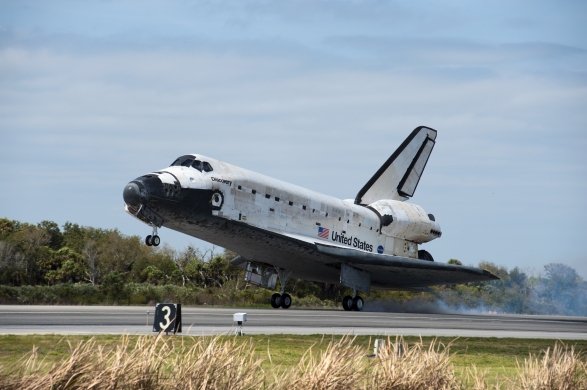 Fig. 1 – the Space Shuttle, an emblematic spaceplane (credits: NASA)
Fig. 1 – the Space Shuttle, an emblematic spaceplane (credits: NASA)
China’s take on the matter: spaceplane, boosters, capsule?
From the past and present Chinese space vehicles, we know that China has opted for more conventional approaches: expendable boosters, vertical take-off, capsules for crewed spacecraft. Plans for reusability have not brought the spaceplane back into the equation either: NewSpace startups are racing to build SpaceX-style VTVL* rockets, and the country’s future crewed space program will rely on a soon-to-be-tested “Next Generation Crewed Vehicle”, a cone-shaped capsule.
One could wonder if this was a straightforward choice. How were the debates among the Chinese leadership when choosing one solution over the other? Despite developing mostly disposable vertical take-off launch vehicles, has there been any spaceplane development in parallel?
To answer these questions, this blog post goes over the history of Chinese spaceplane development, and draws an overview of future spaceplane projects (see Part 2).
*VTVL: Vertical Take-off Vertical Landing
China’s Early Space Industry and Project 863
China’s space program can be traced back to the early 1950s, a period where the world’s main interest in space was the design of ballistic missiles capable of carrying nuclear payloads. China’s interest in space was no different, and it started off with the development of the Dongfeng missile series, led by some brilliant Chinese returnees such as Tsien Hsue-Shen. Like most countries, this later led to a family of expendable launchers, the Long March series. By the late 1980s-early 1990s, China had developed significant launch capabilities: Long March 2 and 4 derivates were able to launch several tons into LEO/SSO, and the newly developed Long March 3 (and 2E) had paved the way to the launch of GEO satellites. China had placed into orbit its first meteorological satellites (Fengyun) and comsats (DFH-2), and had gained a certain expertise in atmospheric reentry with the FSW retrievable satellite program. No real sign of a spaceplane so far.
Yet this period would see China’s first confirmed attempt to design a spaceplane, even if in the end it remained at a study level. The 1980s were a spaceplane craze, where almost every industrial power was designing their own spaceplane for fully reusable and cost-effective orbital launches. The United States already had their Space Shuttle in service in 1981, the USSR was working on Buran, Europe on Hermes, Japan on HOPE, etc. In the wake of the US Strategic Defense Initiative, many other countries were investing heavily in fundamental research to provide the next breakthroughs in space technology.
Again, China was no different, and in 1986 it launched the 863 Plan, also known as the State High Tech Research and Development Plan (国家高技术研究发展计划). The focuses of Plan 863 were Biotechnology, Space, Information technology, Laser technology, Automation, Energy and New materials. Within the space tech part was a crewed spaceflight program code-named Project 863-204. A tender procedure was then set up in 1987 for a manned spacecraft, to which up to 60 Chinese research institutes answered. 11 projects were submitted, among which 6 were selected by the 863 experts committee, and asked to go forward with an in-depth feasibility study.
The six projects represented a very wide spectrum of space transportation solutions, ranging from a conservative capsule, a pair of Space Shuttle-like proposals with Tianjiao-1 and Chang Cheng-1, and the much more futuristic V-2 and H-2, with the latter taking-off horizontally and equipped with air-breathing engines. The V-2 and H-2 second generation spaceplanes were considered to be too challenging, and were set aside in 1988. The debate between the more conventional spaceplanes and the capsule went on however, and it was only until 1990 that the Ministry of Aeronautics and Aerospace decided to opt for the capsule solution, seen as more realistic and economical on the short-term. The Tianjiao-1 solution by CALT was never officially ruled out at the time, the spaceplane being “a long term objective for around 2015”. The triumph of the capsule solution led to the officialisation of the program into Project 921 in 1992, a.k.a. the Shenzhou space program. A more detailed historical perspective on Project 921 can be found in [4].
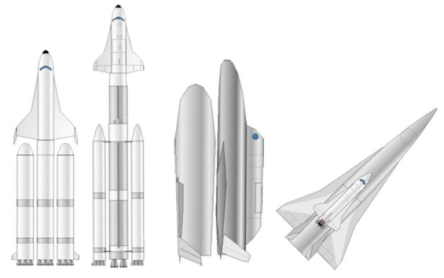 Fig. 2 – respectively Chang Cheng-1, Tianjiao-1, V-2 and H-2 (credits: Mark Wade)
Fig. 2 – respectively Chang Cheng-1, Tianjiao-1, V-2 and H-2 (credits: Mark Wade)
The 2000s and 2010s: hints of a renewed interest towards spaceplanes
Despite the adoption of Project 921 and the successful mission of the first taikonaut on-board Shenzhou in 2003, research on spaceplanes likely continued among CASC’s institutes and various academic partners. In 2006, CALT presented at the IAC in Sevilla what has become to be known as the 2006 Roadmap [5], unraveling a 3-step plan towards reusable launch vehicles, depicted as a necessary technology to bring launch costs down. In this roadmap, reusability was achieved through lifting body spacecraft that would be able to land horizontally. Step 1 was a vertical take-off horizontal landing launch vehicle similar to Tianjiao-1 and Chang Cheng-1 in Project 863. Step 2 would be achieving a two-stage-to-orbit (TSTO), horizontal take-off horizontal landing (HTHL) spaceplane, and step 3 would be a single-stage-to-orbit (SSTO), HTHL space plane. At the time, Step-1 was to be ready “in 15 years” and launch on top of Long March 5, which was under development.
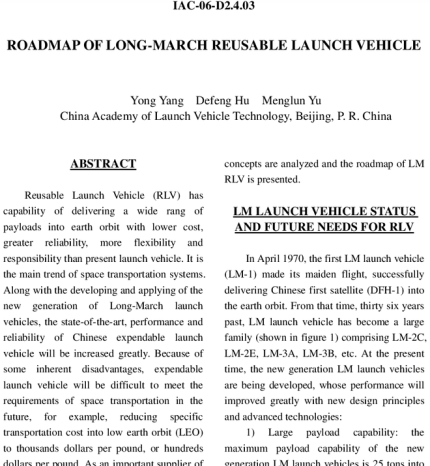 Fig 3 – the 2006 Roadmap paper by CALT at IAC
Fig 3 – the 2006 Roadmap paper by CALT at IAC
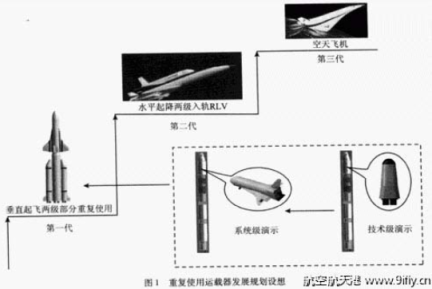 Fig. 4 – illustration of the CALT’s 3-step process from IAC paper
Fig. 4 – illustration of the CALT’s 3-step process from IAC paper
Another important piece of spaceplane news during the same decade was the Shenlong project, a spaceplane demonstrator built by the Chinese, revealed in 2007 and of which little is known. Shenlong was brought to international attention in December 2007 when a photo of the aircraft fixed below a Xi’an H-6K bomber (see Fig. 5) was released on the Internet. The presence of pitot tubes, the darker surfaces for atmospheric re-entry shows that this was likely an operational demonstrator. Not much is known about its flights, although rumors of atmospheric and suborbital flights flourished in 2010 and 2011. Shenlong’s status, as well as a rumored successor Aotian-1, remains unclear today. As for the applications, just like its American counterpart the X-37B, they remain a mystery. While the Shenlong could very well be a milestone within CALT’s 3-step spaceplane project, it is also known that the Chinese are working on ASAT technology and hypersonic missiles. As an illustration of this, the DF-ZF/Wu-14 hypersonic missile was revealed during China’s national military parade in October 2019, demonstrating the strong interest for hypersonic weapons.
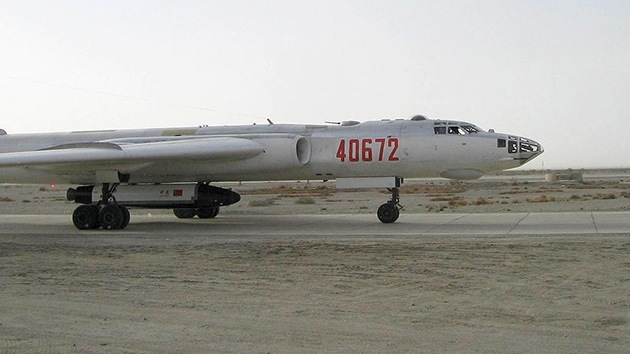 Fig. 5 – The famous snapshot that revealed Shenlong to the world in 2007 (credits unknwon)
Fig. 5 – The famous snapshot that revealed Shenlong to the world in 2007 (credits unknwon)
On a more recent note, CASC in 2017 presented the 2045 Roadmap, which details some milestones to be reached between 2020 and 2045 regarding launch vehicles [7]. Among them is the full reusability of Chinese LVs in 2035. Unfortunately, there is nothing regarding which designs are favoured. Undoubtedly, the success of VTVL reusable boosters in the US has been influencing China’s choices, but it is likely that research on HTHL spaceplanes are still being persued by some CASC academies and institutes*. The China Academy of Aerospace Aerodynamics published for example a video in 2019 on a successful separation experiment between a two-staged winged aircraft, taking place in a hypersonic wind tunnel [8].
Stay tuned for Part 2 of this series, to be released next week.
*See Part 2 for a more detailed account of academic efforts on spaceplanes.
 Fig. 6 – TSTO separation performed in hypersonic wind tunnel by CAAA (credits: CAAA)
Fig. 6 – TSTO separation performed in hypersonic wind tunnel by CAAA (credits: CAAA)
References
[1] Wingless Flight – The Lifting Body Story, R. Dale Reed
[2] Facing The Heat Barrier: A History of Hypersonics, T.A. Heppeenheimer
[3] Spaceplane Hermes: Europe’s Dream of Independent Manned Spaceflight, Luc van den Abeelen
[4] Shenzhou Programme (Project 921), SinoDefence.com, 25/08/2017
[5] Roadmap of long-march reusable launch vehicle, CALT, 2006
[6] China’s Space Plane Program, IASC, July 2011
[7] 中国构建航天系统路线图:2045年全面建成航天强国, ChinaNews, 16/11/2017
[8] Nation makes breakthrough in space plane project, ECNS, 23/10/2019


Great articles. Many thanks for the citation. I have always thought that much more could be written about the Chengdu-Hermes period of cooperation. Best, Rick Fisher
LikeLike
Thanks for your kind comment Rick. I definitely agree with you regarding the Chengdu-Hermes project.
LikeLike
Will be interesting to see if a flight today will be linked to the long journey of Shenlong
LikeLiked by 1 person